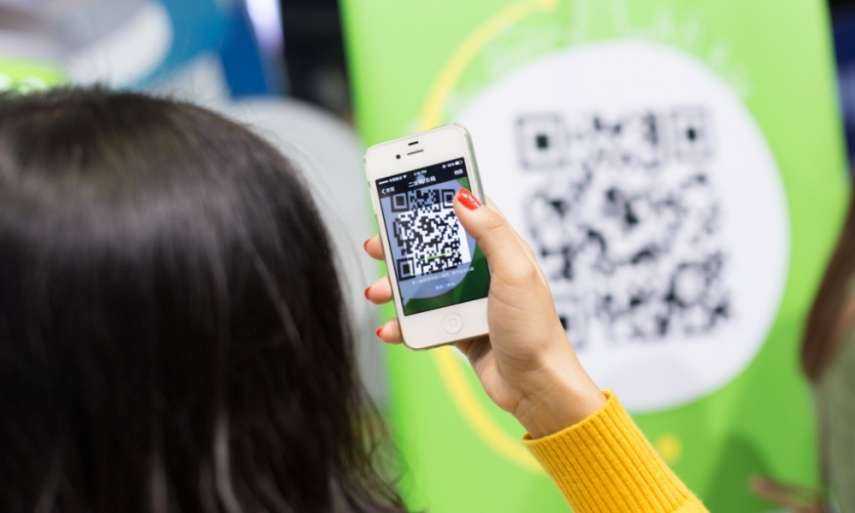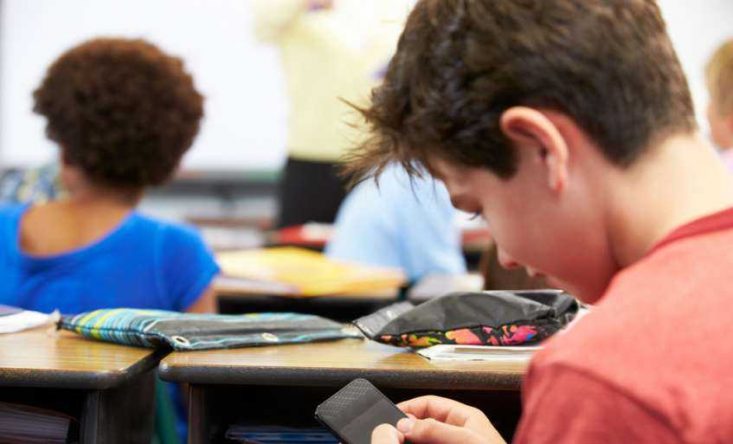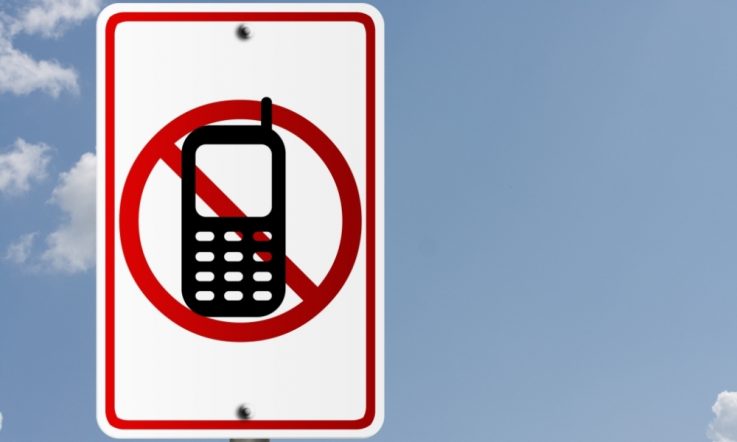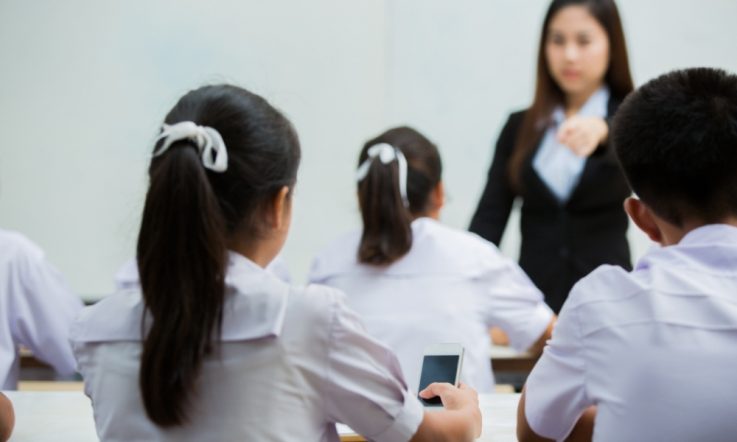This is an edited version of an article that was originally published in the April 2011 print edition of Teacher.
As a member of Generation Y, my mobile phone is one of my most used and valuable personal tools. In 2003 I received my first ever mobile phone as a present for finishing Year 12; now, as a teacher, I can see how students benefit immensely by using their phones within their study.
Today’s mobile phones provide much more than phone calls, with even the most basic models containing a bundle of fancy extras – but before I got carried away and started exploring all of the potential ways in which these features could be used in a classroom, I decided to survey my students.
Mobile phone access
Not surprisingly, almost 95 per cent of students in my classes in Years 9 or above had personal mobile phones. While this made my idea of using the phones in class feasible, it was important to consider how to assist those students who did not have access to a device.
The first way was to develop a class set of used mobile phones. I simply put the call out to teachers and friends to donate an old mobile phone. Most of the donated phones we received had the cameras and other features we wanted to use in class.
The second way was to design activities or tasks that have students working in groups that only require one mobile phone. This means that students who do not have access will naturally pair up with those who do. Once you are aware of the students who do and don’t have access, you can even make the groups yourself.
After sorting out some of the issues relating to access, the next step was to inform parents that students would be able to use their mobile phones under the direct supervision of teachers within my classes. This letter was to stop students exploiting the new possibilities, by communicating to their parents the facts about where and when the phones could be used. It also provided an opportunity to explain that parents did not need to purchase a mobile phone specifically for the class, as a class set was available for use.
So with most of the organisation and planning complete, it was time to put the phones’ fancy features to use in my classes.
Photo and video cameras
As most of us work in schools that have limited funds it is almost impossible to gain access to enough video cameras so students are working at a 1:1 ratio. This is the very problem I was facing at my school until the idea occurred that almost all of my students already had a video camera, in the mobile phones sitting secretly in their pockets.
I first had my students bring their phones out of their pockets during a practical Year 11 physical education (PE) class. The practical session was centred on teaching a variety of biomechanical concepts. Students paired up, chose a sporting activity and a piece of equipment, and filmed each other demonstrating the principles in individual sporting skills. These videos were then shared with the rest of the class during the next lesson, to cement their understanding. Students then used their understanding of the biomechanical principles to improve their peer’s techniques.
It proved to be a highly engaging and interesting lesson with all of the students actively involved in exploring concepts and correcting techniques. There was no need for any students to take a back seat because they had to wait for equipment, as everyone became a director, cameraman and actor within the videos. Imagine what you could do in your own subject areas with a class set of video cameras!
MP3 players
Most modern mobile phones have the ability to play MP3s and record sounds. Students in my Year 10 PE class recorded a series of podcasts covering different theoretical concepts. The students each developed a podcast using the computer program Audacity. Each student was responsible for recording a different concept, then all of the podcasts were shared with the entire class. The students then loaded all of the podcasts onto their mobile phone so that they could listen to the information and revise for a test as they were completing a casual walk or ride around the lake. The great thing about this approach was that the students were actually learning about the National Physical Activity Guidelines as they were being physically active. It proved to be a much richer environment to learn the material than a static classroom.
Podcasts can be used in any subject. In an English class, for example, students could easily record their speeches or persuasive writing to review their tone and content; in history or geography students could record interviews with members of the population about event or landmarks.
Messaging
In 2008 we began using text messages to communicate with students outside of the hours of the classroom. Depending on the age of the students and their individual access to personal mobile phones, it may be more appropriate or easier to send these messages to the parents. By using a service such as www.smsglobal.com.au or www.smsexpress.com.au, you can send bulk messages to more than one phone from your laptop, without giving your personal phone number to students. This allows for instant communication with a large group with a single keystroke on your computer. In the past we have used it to make late-minute changes to sports draws or outdoor education camps easy to communicate.
We also use multimedia messaging (MMS) to communicate. The service www.smsglobal.com.au makes it possible to send digital class content containing videos, images and documents to students’ phones. In a recent class, my Year 11 students were sent a two-second video of a sporting action which they then had to analyse to determine the major energy systems at play as well as the skill classification that the action would fall into.
QR codes
A quick response or QR code is a 21st Century version of the barcode – but the nifty thing about these codes is that they can contain much more information than the traditional barcode. Each QR code is basically an image which when scanned by a mobile phone automatically connects to a website. QR codes may appear in magazines and on signs, buses, business cards or just about any object that users need information from.
QR codes are an excellent way to link the physical world with the digital world to create real-time learning in an outdoor environment.
A student needs to have a mobile phone with a camera, the correct reader software, and internet capabilities to use QR codes. The student can scan the QR code, which will cause the phone’s browser to launch and redirect to the programmed website.
After having my students install QR code-reader software or activating the already-existing software on their phones it was time to use them within the class.
First, we used the QR codes for a ‘treasure hunt’ – an orienteering activity that utilised QR codes in the place of the markers. Students had to move around the town locating each QR code. When they scanned a QR code with a phone, we could log that they had reached that marker. Scanning the code revealed a riddle, which students had to decode to work out the next set of directions. For a more detailed explanation of the activity, check out this blog post.
The next step was to create a QR-code version of task cards for particular sporting skills. As students moved around to each task card, they simply scanned the code to reveal a video of how to complete the skill correctly.
You can also use QR codes to create a choose-your-own-adventure reading activity. Students read the beginning of a story on their phones, then have choices, depending on what they want to happen next, say, ‘scan code 1 to open the door’ or ‘scan code 2 to run away.’ Students make decisions about the next code they want to scan. The codes are scattered around the school or park and students are given a map of the codes’ location. Students then move around the school reading and creating their own reading adventure. Read more about it here.
Sure, QR codes sound complicated, but I can assure that they couldn’t be easier to create and use. Simply go to http://qrcode.kaywa.com/ and enter the information or the web address that you want to link to and hit generate. You will have a QR code that you can print off and scan with your mobile phone to reveal the content.
For all the information you need about setting up QR codes on your mobile phone, see a presentation I made for teachers, available here http://prezi.com/nxocvfz79hhp/qr-codes/
Don’t confiscate: collaborate!
Expert in new media Professor Stephen Heppell, speaking to Learning and Teaching Scotland in 2006, said that ‘If we’d been doing this interview in 1986, and I’d said “Well, my dream is that everybody will have a computer in their pocket and they’ll have a wireless network that will allow them to connect with the whole world”... you’d have thought either a) I was mad, or b) we couldn’t afford it. Now we’ve got all that, and blow me down we’re confiscating the things. But smart schools aren’t – smart schools are embracing them and smart kids are too.’
When television and video were first introduced in classrooms, many teachers worried they would impede learning – but these are now accepted as powerful learning tools. Before that, people were afraid of the printing press, and before that, the invention of writing itself – and yet education as we know it today could not exist without these steps along the way.
My preference is to explore today’s potential and find ways to make learning more engaging and more successful for every student.
This is an edited version of an article that was originally published in the April 2011 print edition of Teacher.



